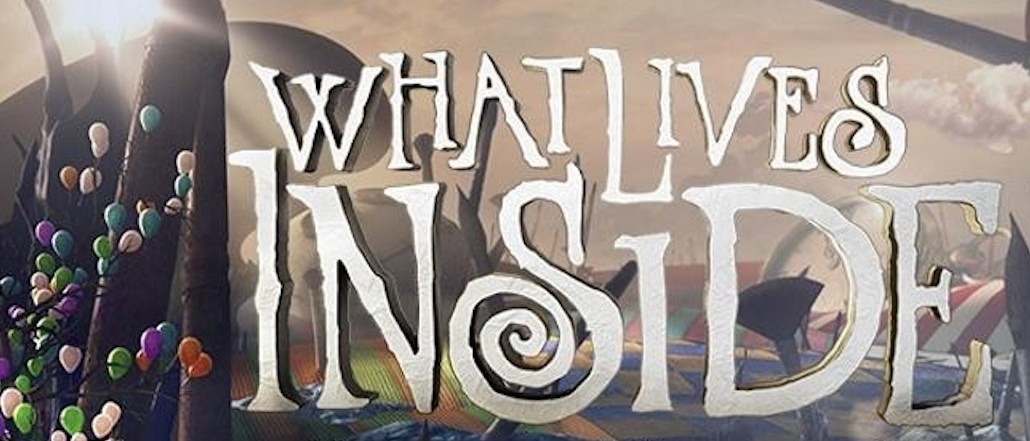
Four years ago, Intel realized that the younger generation had no awareness of its brand. Computer company Toshiba, a longtime partner of Intel’s, was facing the same problem: the average age of people buying Toshiba laptops had climbed to 45, which Billie Goldman, director of partner marketing at Intel, called a “death knell” for a tech brand.
Speaking at the Digiday Brand Summit in Palm Springs, California, Goldman walked the audience through how, working with Toshiba, Intel solved this problem.
The answer wasn’t traditional advertising. Instead, Intel decided to go Hollywood, employing big name stars and directors to direct “social films,” then a new type of advertising that added a social layer on top of big budget, Hollywood-quality films. “We basically asked: ‘what if advertising were created today?'” said Goldman.
The result was a four-year campaign featuring four different films. The first three, done in collaboration with Toshiba, featured stars like Emmy Rossum and Topher Grace, among others. One of the films, “The Beauty Inside,” picked up a Daytime Emmy for outstanding new approaches to storytelling. The film told the story of Alex, who woke up every day in a different person’s body — and the story was told both through the film and through Alex’s social media timelines.
The fourth film has just premiered on Hulu, and was done with Dell (Toshiba had decided to focus more on b-to-b marketing and so moved away from the project). Titled “What Lives Inside,” it features J.K. Simmons as a puppeteer and Colin Hanks as his son.
The campaign has been a hit so far. The average age of the films’ viewers has hovered around 23, just the millennial sweet spot the brands were aiming for. Ironically, the hardest part of it all, said Goldman, wasn’t convincing big-name stars to join brand advertising but to convince upper-level management that films — not YouTube videos — were the type of content Intel needed to push.
Watch Goldman’s full DBS presentation below.
More in Marketing

Why the New York Times is forging connections with gamers as it diversifies its audience
The New York Times is not becoming a gaming company. But as it continues to diversify its editorial offerings for the digital era, the Times has embraced puzzle gamers as one of its core captive audiences, and it is taking ample advantage of its advantageous positioning in the space in 2024.

Why B2B marketers are advertising more like consumer brands to break through a crowded marketplace
Today’s marketing landscape is more fragmented than ever. Like consumer brands, business brands are looking to stand out in a crowded and competitive marketplace, making marketing tactics like streaming ads, influencers and humorous spots more appealing.

As draft puts WNBA in spotlight, the NBA is speeding up ballplayers’ transition to creators
The NBA’s star athletes are its greatest marketing asset.





